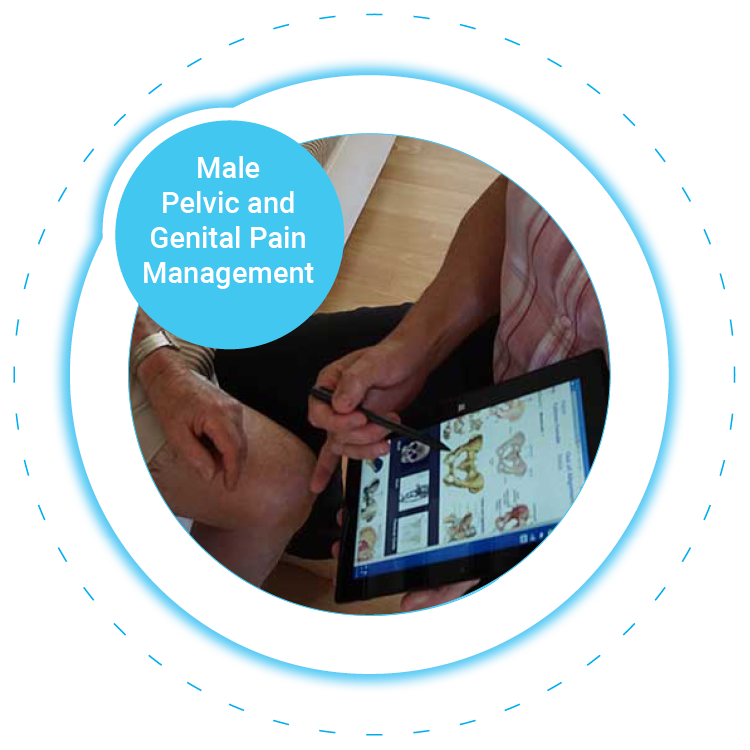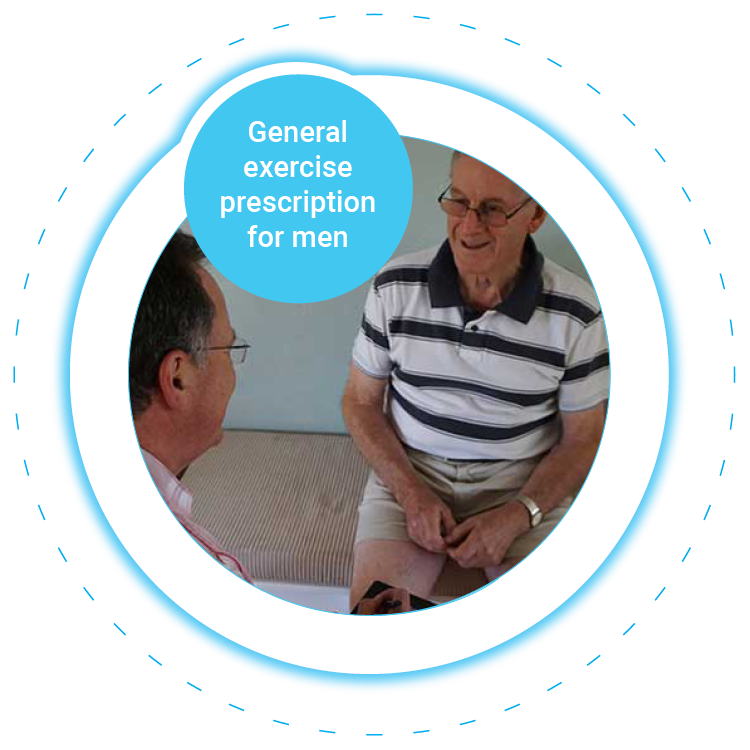
Male Pelvic and Genital Pain Management
Treating the Pudendal nerve
Pudendal neuralgia is a chronic pain condition that affects the pudendal nerve, which runs through the pelvic region, and supplies sensation to the perineum, genitals, and rectum. This condition can cause significant discomfort and impact a person’s quality of life. While your doctor will prescribe you medication, physiotherapy has a significant role in helping manage pudendal neuralgia, or genital pain.
What is Pudendal Neuralgia?
Pudendal neuralgia (pain or altered sensation from the pudendal nerve), occurs when the pudendal nerve becomes irritated, compressed, or damaged, leading to chronic pain. The causes of this condition can vary and may include trauma, prolonged sitting, pelvic floor muscle dysfunction, or nerve entrapment. The symptoms can be diverse and may involve pain, numbness, or tingling in the perineal area, penis or scrotum and anus region.
Pudendal nerve pain is often experienced during or after sitting, sexual intercourse, or bowel movements.
How physio can help to resolve Pudendal Neuralgia?
East Gosford Physiotherapy offers a holistic and multidimensional approach to managing pudendal neuralgia.
Your Men’s health physios will undertake a thorough assessment and develop a tailored treatment plan that may include a number of treatment aspects which all have a role in settling down your pain.
See below for treatment options
The following treatment protocols are often involved:

Pelvic floor muscle rehabilitation:
Physiotherapy aims to restore optimal function and balance to the pelvic floor muscles through various techniques, including biofeedback, manual therapy, stretching exercises, and relaxation techniques.
Gentle strengthening and releasing tension in the pelvic floor muscles can alleviate pressure on the pudendal nerve and reduce pain by improving muscle control. We often find men with pudendal nerve pain are often using their pelvic floor muscles too strongly and can’t relax them.
Nerve mobilization techniques:
Physiotherapists trained in neural mobilization can employ specific techniques to gently mobilize and desensitize the pudendal nerve. These techniques aim to reduce nerve compression and improve nerve function, leading to pain relief and improved neural mobility.
Posture and ergonomic modifications:
Prolonged sitting or poor posture can exacerbate pudendal neuralgia symptoms. East Gosford Physio will provide advice on correct sitting posture, ergonomics, and exercises to reduce pressure on the pelvic region and alleviate symptoms.
See this video on correct sitting posture
Relaxation and stress management techniques:
Pelvic and genital pain can be aggravated by stress and anxiety. East Gosford physio will incorporate relaxation techniques, breathing exercises, and mindfulness practices to help manage stress levels and improve overall well-being to reduce muscle tension and take pressure off the nerves. Our Chillout Zone program is ideally suited to this – See the video
Education on exercise and self-management strategies:
Physiotherapy also includes patient education, empowering individuals to understand their condition and adopt self-management strategies. This may involve education on pain management techniques, activity modifications, exercise, and lifestyle adjustments to support long-term symptom control.
East Gosford Physiotherapy can offer help in the management of pudendal neuralgia by addressing the underlying musculoskeletal and neurological factors contributing to the condition. Through a combination of pelvic floor rehabilitation, nerve mobilization techniques, posture modifications, and stress management strategies, physiotherapy aims to alleviate pain, improve function, and enhance the overall well-being of individuals affected by pudendal neuralgia.
If you are experiencing pelvic or genital pain, contact East Gosford Physio to help you recover and get back into life pain free.



